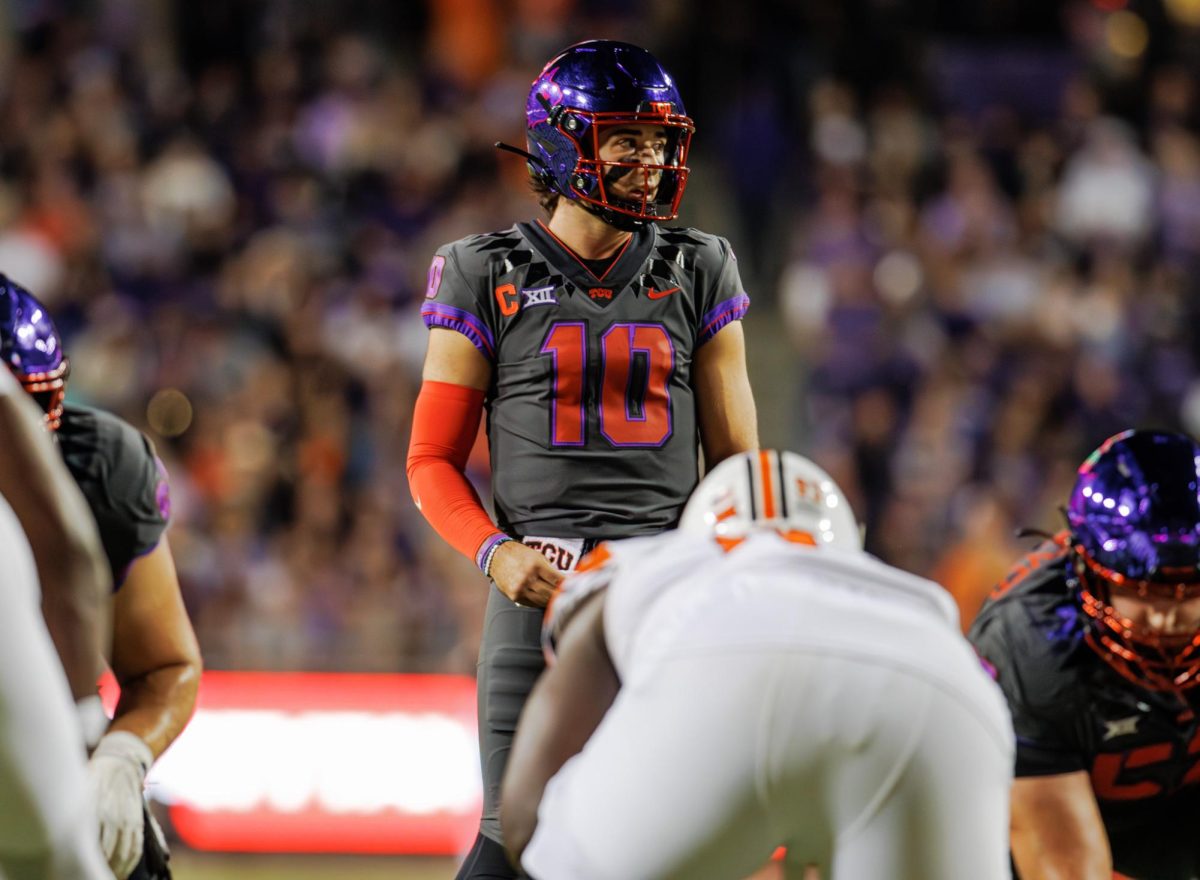Professors utilize different plagiarism prevention methods
Published Nov 30, 2011
As the end of the semester and due dates for final papers approach, professors are taking steps to prevent plagiarism in students’ work. Doctoral Fellow Lynda Davis, who teaches composition and women’s literature, uses turnitin.com to check for plagiarism. When using Turnitin, Davis said she uses site settings that allow students to see the plagiarism report when they turn in an assignment. If the report shows a problem with plagiarism, students have the opportunity to edit their assignment and resubmit it before the deadline, she said. The exception to this rule is if a student submits someone else’s work. Students knowingly submitting work that is not their own is different than “accidentally plagiarizing” a few sentences or a paragraph from the Internet, Davis said. “I use Turnitin as a teaching opportunity,” she said. Although many professors in the English department use Turnitin, Charlotte Hogg, associate professor and director of composition, said she does not because she thinks it sends a message to students that they are expected to plagiarize. However, Turnitin can have a productive use in teaching students how to cite correctly, she said. “I think that having it there at the beginning is sort of problematic because it can suggest to students that we assume they are going to cheat, and I don’t want to make that assumption,” Hogg said. She said she uses other ways to detect and prevent plagiarism in her students’ work. She sometimes detects plagiarism by copying and pasting part of a student’s paper into a search engine. Hogg said she also uncovers plagiarized work by talking to other professors. If a student’s work shows a different writing style than usual, she will discuss it with other professors who will often recognize work that has already been turned in by another student, she said. Professors can prevent plagiarism by structuring their classes so that drafts are turned in throughout the writing process, Hogg said. Allowing students to generate topics they are truly interested in and teaching them how to research properly also prevents plagiarism, she said. Linda Hughes, professor of literature, said she can detect plagiarized work by paying attention to her students’ writing styles. “You can hear when it’s not the authentic voice of the student,” Hughes said. Hughes said she crafts her assignments so it is not easy for students to buy a paper online or complete the assignment without doing some original writing. She said she does not feel the need for Turnitin because she teaches upper-level courses with a more mature group of students. Ginny Gould, a senior advertising/public relations major, said she planned her senior project around the topic of plagiarism. Gould created the Anti-Plagiarism Campaign, a project aimed at implementing a policy of using Turnitin in all Schieffer School of Journalism classes. However, Gould said she first wants to find out how students feel about Turnitin. Gould started a survey for students to share their opinions on the matter. Students can access the survey through the end of the semester by following a link or scanning the QR code on posters located around Moudy South. “Basically, it gives us insight on what students think about plagiarism and whether we should implement this system,” Gould said.


